It’s not easy to get from the Canadian Yukon to Tasmania. As the crow flies, it’s 13,459 km, but the air travel reality is much further as my route takes me through Vancouver, Sydney, and Adelaide on my way to Hobart. Sitting here in the departure lounge, I thought a packing list would interest those following my travels.
Cameras and Lenses
- Sony a1
- Sony a7R V
- Sony 600mm f/4 GM
- Sony 70-200mm f/2.8 GM II
- Sony 24-70mm f/2.8 GM II
- Sony 20-70mm f/4 G
- Sony 14mm f/1.8 GM
- Sony 1.4x Extender
- Sony 2x Extender
- Vello E-Mount Extension Tubes
This trip will be a mix of wildlife photography and landscapes, so my lens kit covers everything from 14mm to 600mm. The 14mm GM will primarily be used for astrophotography. The 24-70mm will most likely take care of my landscape images, and the 70-200mm and 600mm lenses will be used for wildlife. The Sony 70-200mm f/2.8 GM II lens performs incredibly with the 1.4x and 2x extenders, helping me fill the gap between 200mm and 600mm with 320mm and 400mm options. The 600mm also works well with the extenders, and I expect to photograph plenty of birds at 840mm and 1200mm.
The 20-70mm f/4 G lens is an obvious overlap. The only reason I’m bringing this brand-new lens on this trip is to write a review of it. I’m sure this will be a hugely popular lens for Sony shooters, and this trip will give me ample opportunity to test it. Look for the review on my return.
For cameras, I have the 50MP Sony a1 as my primary body for wildlife photography. This will stay mounted to the 600mm lens or the 70-200mm. For landscapes and astrophotography, I’ll be using the new a7R V. Although this is slightly higher resolution than the a1 (50MP vs. 62MP), the main reason for using it as a second body is the fantastic flip and swivel LCD screen.
This is the best screen of any camera I have ever tested, and it makes the camera a joy to use on a tripod. Yes, the a7R V also has many fancy AI autofocus features. However, I don’t find them useful for my work when they’re in a camera with such a slow continuous shooting speed. Things will get interesting when they put this new AF system into the a1 II!
Why Sony gear for this trip?
I have Sony, Nikon, and Canon kits that would have made good choices for this trip. The main reason for choosing my Sony gear is the lighter weight of their cameras and lenses. Previous trips this year have seen me travel extensively with the Nikon Z9 and a Nikon lens kit that included 400mm and 800mm lenses. However, the flights I scheduled for this trip included severe carry-on limitations, making careful weight calculations necessary.
A Nikon Z9 body weighs very close to the weight of two Sony cameras. Sony’s lenses are generally much lighter, too. The weight differences all add up, and when I did the math, Sony made the most sense. Regardless of weight, the Sony a1 with the 600mm GM lens is the #1 combination for wildlife photography. I have shot it alongside the Z9, and Sony beats it every time. So, the Sony gear is lighter and also happens to be the best kit for wildlife, which will be a heavy focus on this trip. A third bonus is that it lets me start the testing of the new Sony 20-70mm f.4 G lens.
Filters
- Breakthrough Photography X4 CPL
- Breakthrough Photography X4 10-Stop ND
- Breakthrough Photography 2-stop soft-edge grad filter
- Breakthrough Photography X4 6-stop Dark CPL
Breakthrough Photography makes my favorite filters; what you see here is my standard kit. The CPL is great on its own, but for running water, I love the Dark CPL that combines a 6-stop ND with a CPL to let me smooth out rivers and waterfalls. For smoothing open water, I can use the CPL stacked on the 10-stop ND, or I can stack the 10-stop with the 6-stop for a 16-stop option.
The 10-stop ND filter on its own is nice for blurring cloud movement. I don’t often use the graduated ND so I didn’t bother to bring a filter holder for it. Should I need it, I’ll just hold it up agains the front of the lens. If you carried the perfect filter for every possible situation, it would quickly get out of hand and you’d have 5 lbs of filters. Perhaps that’s acceptable for someone only shooting landscapes, but my trips generally don’t work like that. This simple 4-filter kit can get you incredible results. These filters are 82mm to match the largest thread on my 24-70mm. I use step-up rings to get them onto smaller lenses.
Support
Choosing my 3-series RRS tripod was easy because I needed something sturdy to hold the 600mm lens. Choosing a head was a lot harder. On this trip, I need a head that can be used for wildlife and landscape photography. I don’t have enough baggage allowance to carry separate heads.
The FlexShooter can act like a ball head but also features a clever internal spring mechanism that counterbalances the weight of a super telephoto lens to give you a gimbal-like feeling. When used in this mode, the long lens can pan and tilt just like a gimbal or a 2-way head, but you can also take your hands off the camera, and everything stays where it is, perfectly balanced. The FlexShooter’s clever double ball system also acts like a leveling head, so I can take the leveling head off my tripod and run this head on a flat base for further weight saving. It might not be the best ball head, and it might not be the best gimbal head (not really, technically a gimbal), but it is a great head for people that want to travel with a relatively lightweight do-it-all head. See my Flexshooter review for more information.
Flash
- Godox AD200 Pro
- Godox X2 Transmitter
- RRS Flash Bracket
- iFootage Arm
- Magmod MagBeam Extender
I don’t often use flash for wildlife photography but there are times when it is very useful. One component of this trip is creating some content surrounding this topic and of-course some example images. The Godox AD200 Pro is incredibly powerful for its size and will allow me to throw light a great distance when combined with the MagBeam. I expect to use this setup to photograph some backlit birds and, hopefully, some of Tasmania’s nocturnal wildlife. The iFootage arm raises the flash high above the flash bracket to add more contrast to the image. The further you can place your flash away from the lens (within practical means), the better.
Optics
Usually, I’d travel with a pair of binoculars, but I’m also bringing Swarovski’s latest compact spotting scope for this trip. This is a bit of an experiment and something I have never done before. A spotting scope has far greater magnification than binoculars. The compact design of the new ATC scope makes it a somewhat viable option for wildlife photographers to carry in their bags alongside their already large and heavy lenses.
In the coming months, I’ll write a review of this new scope from a photographer’s perspective, based on my time with it on this three-week trip. I won’t be using it for digiscoping. Instead, I’ll be using it to closely examine and study the unfamiliar species I’m sure to find on this trip. Understanding animal behavior is a crucial part of getting great photos. If nothing else, watching things through the scope will be fun as the maximum 40x magnification far exceeds what I can see through my 600mm lens.
Personal Items
- Garmin InReach Mini 2
- Fenix Head Torch
- Big Agnes Sleeping Bag
- Travel Pillow
- Platypus water filter
- Clothing
- Hiking boots
- Toiletries
- 1L Nalgene water bottle
An interesting component to this trip is that to nights will be spent camping in a disused penitentiary on Maria Island off the East coast of Tasmania. This accommodation requires me to bring a sleeping bag and travel pillow on the trip, as well as a water filter. Other than that, everything on this list is fairly self-explanatory. I never travel anywhere without my Garmin InReach Mini 2 satellite messaging device, in case I need emergency assistance in a remote location where these is no cell service.
Camera Bags and Luggage
- Gura Gear Kiboko V2 30L+
- Gura Gear Chobe 13L
- Pelican 1606 AIR
- LensCoat 4Xpandable Bag
- Mountain Hardwear Expedition Duffel 75
There’s no better camera bag for traveling with long glass than the Gura Gear Kiboko 30L+ (review) backpack. The butterfly opening makes gear access a breeze whether in the field or simply opening your bag for the inevitable TSA inspections. With the waist belt removed and stowed In my checked luggage, the bag is discreet enough that it doesn’t draw attention from those that might want to weigh it.
The cameras and lenses fit into this bag with plenty of room to spare. The new “plus” model I’m using on this trip also has a laptop pocket. I plan to use my Gura Gear Chobe shoulder bag for my laptop, charging kit, and hard drives. However, if I do get in a situation where they want me to gate check one of my carry-on items, I know I can slide the all-important laptop into my Kiboko backpack and carry on that one bag.
For my checked luggage, things are split between personal items and photographic equipment. The Pelican 1606 Air rolling case is the perfect size to hold my LensCoat 4Xpandable long lens bag (review). This LensCoat bag provides padding for my tripod, flash gear,, filters, microphones and my Atomos Ninja V video recorder. Once I reach Tasmania I plan to do a lot of driving, and I’ll keep my Sony 600mm lens mounted to the Sony a1 in the LensCoat bag on the front seat of the car next to me. There are bound to be unexpected wildlife opportunities at some point, and this bag makes a brilliant road trip co-pilot for that reason.
For my personal items I’m using a Mountain Hardwear Expedition Duffel. These bags are bomb proof and I love the internal compression system that squishes all your gear. I’m carrying enough clothing and camping gear that most people would need a 90-100L duffel, but through this bag’s compression system and by using some compression sacks for my sleeping bag and cold-weather gear, everything is compressed into a very manageable 75L bag. Impressive for a three-week trip, and just that much easier to haul in and out of the car to the nearly 15 different sleeping locations I have booked over the trip.

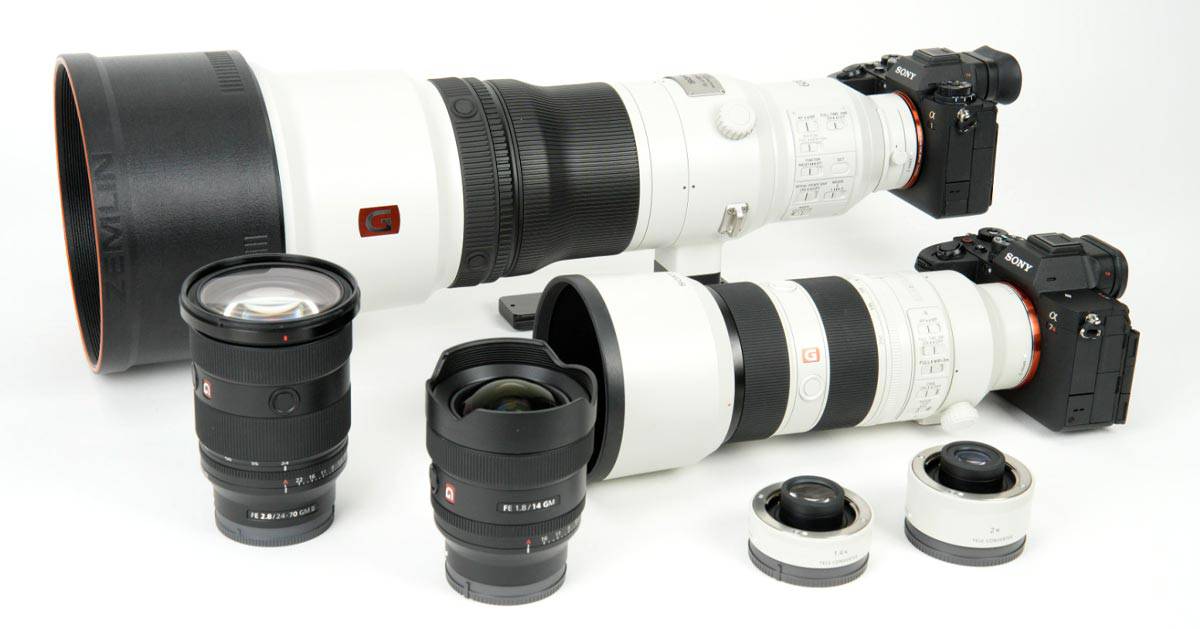



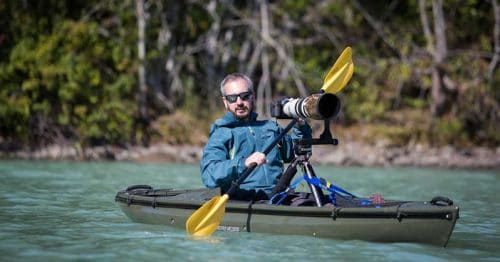

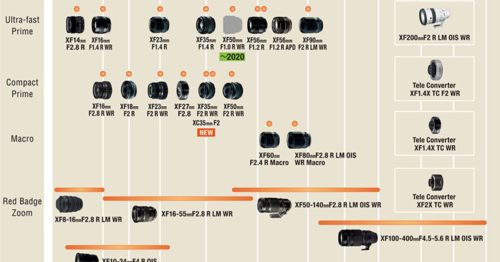

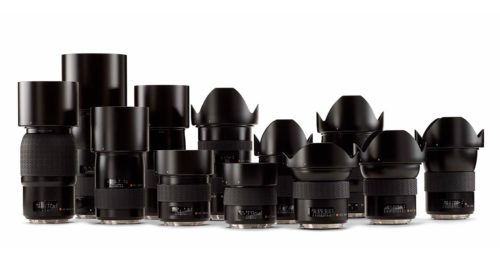
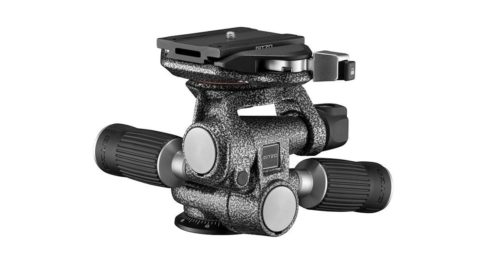
Would love to see a review or your thoughts on the FlexShooter Pro
Thank you
This is exciting news, really looking forward to your upcoming travelogs! Tasmania has been on my bucket list for a while.
Currently preparing a 5-week trip to Norway myself, I was evaluating to purchase an inReach Mini 2 as emergency device. Sadly, satellite-based SOS is not available on iPhones in Norway yet (or might never be because of limitations of the used satellite network above 62° latitude). Anyways, I was wondering if you could confirm an inReach v2 behavior I came across in Garmin forums but also on Reddit: Apparently, the “activity logging” functionality (i.e. the on-device location logging, with later export of tracks) is totally inaccurate? Users report of worthless track logs even in “High Detail” mode, with erratic points being logged in a non-uniform frequency and even with certain dependency to the tracking settings (i.e. the uploading of location data to Garmin): It seems to be the device is not “continously” keeping a GPS fix and writing points e.g. every 1-2 minute or so, but instead enables GPS only around the expected tracking times (e.g. every 10 min), recording a few points and then going to sleep again, leading to inaccurate tracks.
I carefully read your (great!) review of the inReach v1 where you described the differences in logging and tracking. Now with the v2, did you by chance have a look at the accuracy and frequency of logging data (not tracking), both in slow (hiking) and fast (car, boat) situations? I would like to combine the emergency capabilities with accurate activity logging of entire days but if those user reports are true, it would rule out the inReach v2 for me.
Thanks, and enjoy the trip!
Toby
Hey Toby,
I haven’t tried the tracking or logging features since I got V2, so I can’t comment. For short walks I use the iOS Gaia app these days, and I haven’t done any longer stuff with the V2 yet. Garmin products do tend to be a bit buggy, so this wouldn’t surprise me if it was a thing. However, they generally get them worked out eventually. It’s also possible that people are getting confused by the various settings. I know that there are settings that lengthen battery life by limiting the GPS tracking, so perhaps people have that turned on without realizing it.
Regarding your iPhone comment: Be aware that even in places where SOS is available, you can only send a basic pre-defined SOS message. There’s no 2-way communication, and no way to be specific about any incident. You also have no option to use it to text other people like your family or friends, so I don’t think InReach and iOS satellite communications are really comparable.
Thank you for the response, Dan! I will do some more research then, or I’ll have to bite the bullet and simply try out the inReach logging myself. 😉
Fair point on the iPhone SOS functionality, I agree it has a limited use case and is not covering the same scenarios as the inReach does.
Regards
You’re welcome. Let me know how you get on if you do try it.
As a European living in Sydney Tassie is just a 90 minutes flight for me. I have been there many of times, lovely place. Enjoy your stay Dan.
Thanks Vlad! I’d be over there every month if I was that close haha! Wonderful place 🙂
Tassie light and scenery are pretty special.
Pelagics are run out of Eaglehawk Neck which is an hour or so from Hobart. Ping me if that’s of interest.
Pretty packed itinerary on this trip already. But maybe another time as I will certainly be back again. Do you guide with a specific company or something?
No, just a keen pelagic shooter. Am in Tassie at the moment from the mainland to go out for a couple of trips.
See the FB page called something like pelagic birds Australia and search for Eaglehawk Neck or EHN.
Thanks, Ziggy. Looks like it might be called Seabirds and Pelagics Australia. Does that sound right? I have requested to join 🙂
That’s it.
There’s 2 ornithologists on the group who run pelagic days. Karen Dick and Rohan Clark. c $150. Cost recovery, not commercial.
I’m doing Sat and Sunday as it happens. Believe there’s more birds in winter though.
Thanks! I’ll have to bookmark this for a future trip. I already know I’ll be back in Tasmania again! What an amazing place.
Sure is.
I went out on Sat and we saw 30 species of bird inc 9 of Albatross. And things get busy in winter.